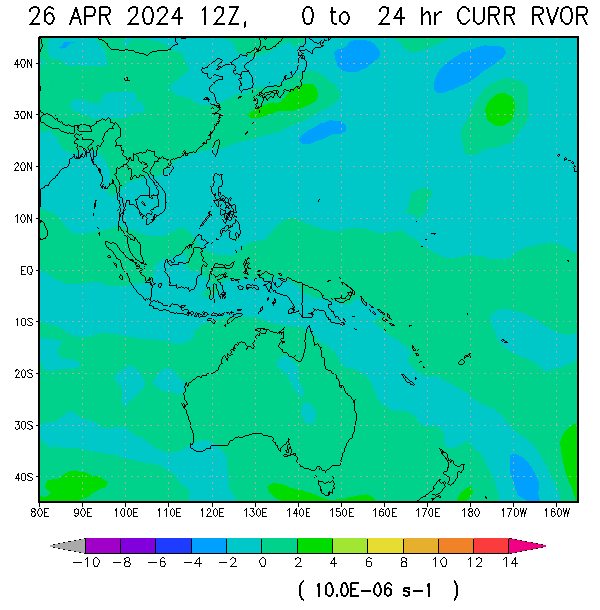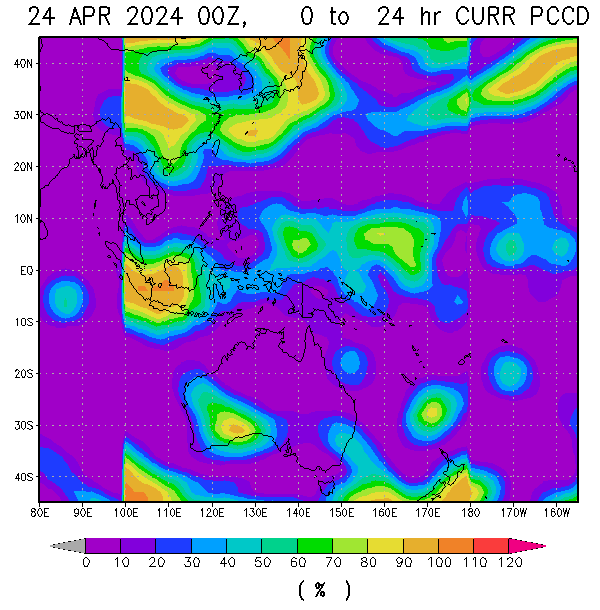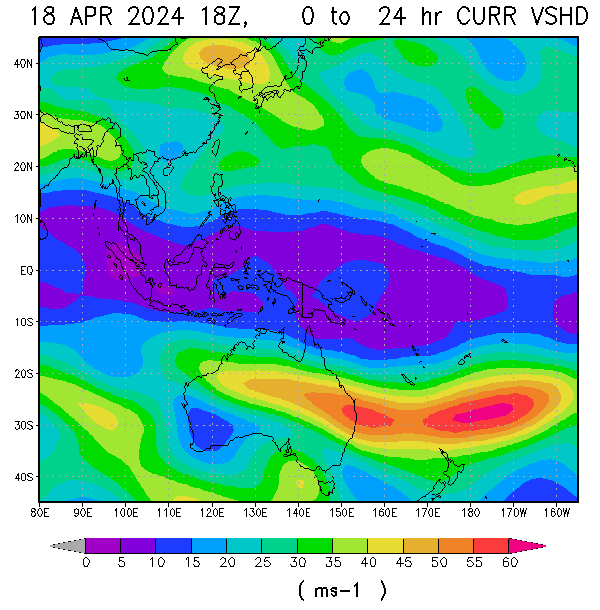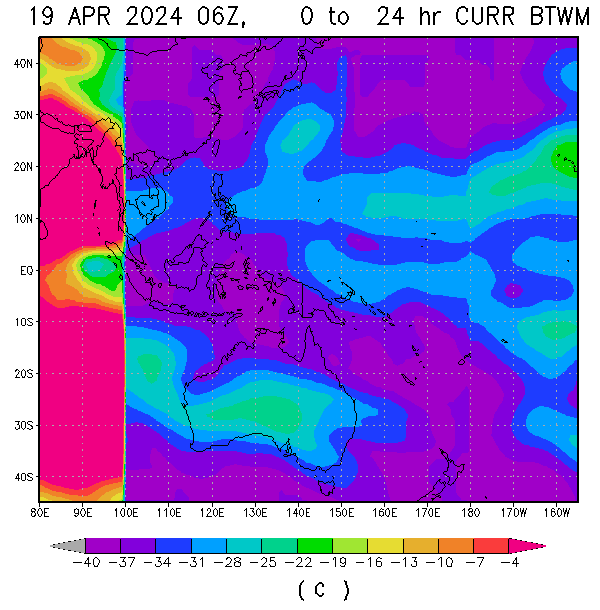May 30, 2020
Series of waterspouts were observed at LAguna de bay at aroung 5pm onwards. As seen on Video, there were 4 waterspouts recorded.
A waterspout is an intense columnar vortex (usually appearing as a funnel-shaped cloud) that occurs over a body of water. Some are connected to a cumulus congestus cloud, some to a cumuliform cloud and some to a cumulonimbus cloud. In the common form, it is a non-supercell tornado over water.
While it is often weaker than most of its land counterparts, stronger versions spawned by mesocyclones do occur. Most waterspouts do not suck up water; they are small and weak rotating columns of air over water.
While waterspouts form mostly in the tropics and subtropical areas, other areas also report waterspouts, including Europe, Australia, New Zealand, the Great Lakes, Antarctica and on rare occasions, the Great Salt Lake. Some are also found on the East Coast of the United States, and the coast of California. Although rare, waterspouts have been observed in connection with lake-effect snow precipitation bands.
Waterspouts have a five-part life cycle: formation of a dark spot on the water surface, spiral pattern on the water surface, formation of a spray ring, development of the visible condensation funnel, and ultimately decay.
Waterspouts exist on a microscale, where their environment is less than two kilometers in width. The cloud from which they develop can be as innocuous as a moderate cumulus, or as great as a supercell. While some waterspouts are strong and tornadic in nature, most are much weaker and caused by different atmospheric dynamics. They normally develop in moisture-laden environments as their parent clouds are in the process of development, and it is theorized they spin as they move up the surface boundary from the horizontal shear near the surface, and then stretch upwards to the cloud once the low level shear vortex aligns with a developing cumulus cloud or thunderstorm. Some weak tornadoes, known as landspouts, have been shown to develop in a similar manner.
Non-tornadic
Waterspouts that are not associated with a rotating updraft of a supercell thunderstorm are known as "non-tornadic" or "fair-weather waterspouts", and are by far the most common type. Fair-weather waterspouts occur in coastal waters and are associated with dark, flat-bottomed, developing convective cumulus towers. Waterspouts of this type rapidly develop and dissipate, having life cycles shorter than 20 minutes.[11] They usually rate no higher than EF0 on the Enhanced Fujita scale, generally exhibiting winds of less than 30 m/s (67 mph; 108 km/h).
They are most frequently seen in tropical and sub-tropical climates, with upwards of 400 per year observed in the Florida Keys.[13] They typically move slowly, if at all, since the cloud to which they are attached is horizontally static, being formed by vertical convective action instead of the subduction/adduction interaction between colliding fronts. Fair-weather waterspouts are very similar in both appearance and mechanics to landspouts, and largely behave as such if they move ashore.
Tornadic
"Tornadic waterspouts", also accurately referred to as "tornadoes over water", are formed from mesocyclones in a manner essentially identical to land-based tornadoes in connection with severe thunderstorms, but simply occurring over water. A tornado which travels from land to a body of water would also be considered a tornadic waterspout. Since the vast majority of mesocyclonic thunderstorms occur in land-locked areas of the United States, true tornadic waterspouts are correspondingly rarer than their fair-weather counterparts in that country. However, in some areas, such as the Adriatic, Aegean and Ionian seas, tornadic waterspouts can make up half of the total number.
Snowspout
A winter waterspout, also known as a snow devil, an icespout, an ice devil, a snownado, or a snowspout, is an extremely rare instance of a waterspout forming under the base of a snow squall. The term "winter waterspout" is used to differentiate between the common warm season waterspout and this rare winter season event. Very little is known about this phenomenon and only six known pictures of this event exist to date, four of which were taken in Ontario, Canada. There are a couple of critical criteria for the formation of a winter waterspout. Very cold temperatures need to be present over a body of water warm enough to produce fog resembling steam above the water's surface. Like the more efficient lake-effect snow events, winds focusing down the axis of long lakes enhance wind convergence and likely enhance their development.
Life cycle
There are five stages to the waterspout life cycle. Initially, a prominent circular, light-colored disk appears on the surface of the water, surrounded by a larger dark area of indeterminate shape. After the formation of these colored disks on the water, a pattern of light and dark-colored spiral bands develop from the dark spot on the water surface. Then, a dense annulus of sea spray, called a cascade, appears around the dark spot with what appears to be an eye. Eventually, the waterspout becomes a visible funnel from the water surface to the overhead cloud. The spray vortex can rise to a height of several hundred feet or more and often creates a visible wake and an associated wave train as it moves. Eventually, the funnel and spray vortex begin to dissipate as the inflow of warm air into the vortex weakens, ending the waterspout's life cycle.
Video credit: Erica Jane
Image credit: Nica Balagtas













1 comment:
the way you have described everything that is very easy to understand, keep posting.
best protein powder in india
Post a Comment